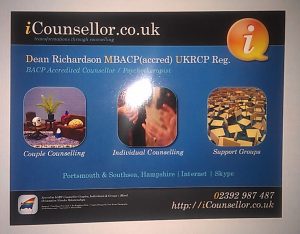For a while now, in much of my marketing material I often use a phrase such as:
Let me explain my rationale for claiming this.
Over my (now) fifteen years of counselling practice, it’s been my therapeutic approach to help a person learn how to help themselves. This is a distinct approach from, say, a novice CBT-approach that may prescribe manualised instructions to you (‘do this, then that…’) as a supposed-cure for a person’s distress.
My approach requires that I learn about what’s going on for the person-in-distress. I do this by asking questions – plus lots of other stuff like empathy, understanding, support, counter-transference etc. – but questions are powerful way to help a client consider matters in ways that can help.
One of my particular strengths as a counsellor is to turn my inner-sense of feeling stupid (a feeling when I don’t understand something) into a strength: it’s my position to encourage a client to feel that they can teach me how life is for them. I do this by being inquisitive and looking at matters from different angles – angles which the client may not have considered before.
With this approach, one of the most common surprised-responses I hear to my questions is: “Oh! I’ve never been asked that before.” … and the client subsequently begins to discuss a matter with a newer sense of curiosity.
With our friends and family for support, a major form of support can be “don’t worry about it”, “it may never happen” and forms of distraction like taking you out for dinner or something.
Looking at a subject from a position that a person has not considered before (or, perhaps, had considered but no-body had been interested to engage with them in conversation about the matter) can be a powerful form of self-recovery, assisted by a professional counsellor – like me.
So, by meeting with me in counselling you can get (when it’s appropriate & helpful, of course)the opportunity to look at your life’s distresses and struggles from different angles – with the intention of helping you find inspiration – and, eventually, freedom from the loss of being able manage distresses for yourself.











